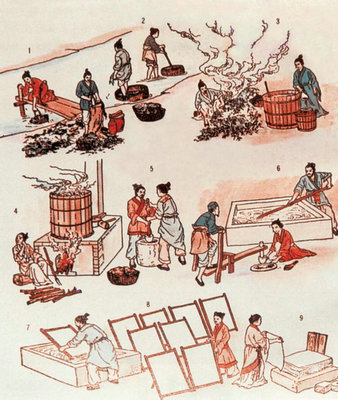2019 Books in review
Dalai Lama et al. The Book of Joy: “Lasting Happiness in a Changing World. Penguin Random House” LLC, 2016.
- I read this book when I joined in English writing 300 of Professor Ford. She is nice and generous that helps me learn some basic knowledge of writing. She thinks this book can help her students practice critical thinking and nourish a beautiful soul through this book. To me, I really appreciate her to introduce it. The book teaches something about the life and how to live in a peaceful life with others. The thing I remember most is mental immunity. “Mental immunity”, the Dalai Lama explained, “is just learning to avoid the destructive emotions and to develop the positive ones.” (Dalai Lama et al 83) I think he means that mental immunity is not able to deny the negative thoughts but people are able to observe, accept and overcome. It also means mental immunity is an ability to react to the pain and recover the emotion, which helps them to rediscover happiness.
 |
| "The book of Joy" book by Dalai Lama,etc, July 31, 2018 https://www.paulist.org/the-conversation/book-review-the-book-of-joy/ |
Twenge, Jean M.Generation Me: Why Todays Young Americans Are More Confident, Assertive, Entitled--and More Miserable than Ever Before.Atria, 2014.
- This book is for reading class that mentioned many different aspects between Millennials (named GenMe) and Baby Boomers such as characteristics, values and belief. Twenge provided many evidences to prove her opinions why there are many differences in Baby Boomers’ and GenMe’s cognition, behaviors and belief. This book is quite fun and helpful to understand myself and others. Personally, it looks like s psychological survey report.
Bresnan, Patrick. Awakening: An Introduction to the History of Eastern Thought. 5th ed., Pearson. 2013.
- This book focuses on India, China, and Japan, while showing the relationships that exist between Eastern and Western traditions. Patrick Bresnan consistently links the past to the present, that helps us easily understand what are the differences and ancient Eastern origins, are living traditions and relevant to modern times. To me, I learn something new about tradition of some countries in the book. It’s quite clear and easy to read if someone want to learn about history.
Hesse, Hermann. Siddhartha. 7thed. 1996
Siddhartha- Hermann Hesse
- I read this book on this summer. This is my second times. I realize the differences when I read it at high school and on this summer. I have a new awareness of enlightenment. When I first read it, I had concerns about the deliverance that the driver had mentioned such as what enlightenment is, how to find it. Now I realize it comes from the heart. It is the tranquility when people experience profound events in life like Siddhartha.
What did you like best about the project? My research project is about the significant of religion on learning history. I really enjoy this subject. To me, the religion is a special aspect of a country. No country does not have religion because it serves as a spiritual teacher. Our team paid a lot attentions on this project. Personally, I think I spend around 10 hours to do this project.
I was excited to apply for this humanities class to learn the history of some countries in Asia, especially China and Japan. I thought this class will had many thing for me to search for. I think the knowledge is various, so I cannot learn all things about it during a short time. It needs a long time maybe 5 years, 10 years or even all life. My goals of this class is to know the way to learn history such as the website that I can use, the book that I can read, the eBook or reference that are good. My goal also is to learn the basic knowledge of history such as the period or stage of each countries. My goal also is learn some new skills such as communication skill, presentations skill and team work skills because I think these are the thing that I would learn in humanities class. Now, at the end of the semester, I mostly completed my goals but it is not enough. I have some sources that I can read but I did not finish some parts of it because of some reasons.
I was excited to apply for this humanities class to learn the history of some countries in Asia, especially China and Japan. I thought this class will had many thing for me to search for. I think the knowledge is various, so I cannot learn all things about it during a short time. It needs a long time maybe 5 years, 10 years or even all life. My goals of this class is to know the way to learn history such as the website that I can use, the book that I can read, the eBook or reference that are good. My goal also is to learn the basic knowledge of history such as the period or stage of each countries. My goal also is learn some new skills such as communication skill, presentations skill and team work skills because I think these are the thing that I would learn in humanities class. Now, at the end of the semester, I mostly completed my goals but it is not enough. I have some sources that I can read but I did not finish some parts of it because of some reasons.
Since I was young, I have an interested in ancient Chinese
and Japanese as well thorough the movies, and the music. I was curious how
China can affect the Vietnamese thought several years and how they live during
the ancient period. I remember the word when I learn history subject at secondary
school is assimilation policy. Vietnam is a country that origins of the ancient
China. However, what the ancient China come from was regularly existed in
my mind. The thing that I was interested in this class is the knowledge that
provided to me about the Chinese history.
















